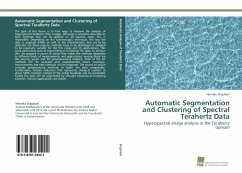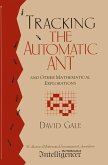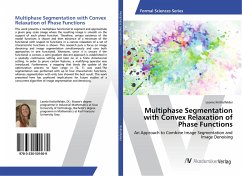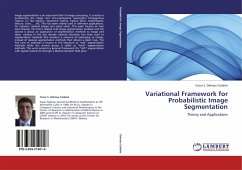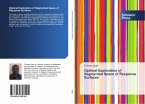The goal of this thesis is to find ways to improve the analysis of hyperspectral Terahertz (THz) images. Although it would be desirable to have methods that can be applied on all spectral areas, this is impossible. Depending on the spectroscopic technique, the way the data is acquired differs as well as the characteristics that are to be detected. For these reasons, methods have to be developed or adapted to be especially suitable for the THz range and its applications. This work particularly aims at segmenting or clustering THz data. To achieve this, we propose a course of action that makes the methods adaptable to different kinds of measurements and applications, among those are the security sector and the pharmaceutical industry. State of the art methods will be analyzed and supplemented where necessary, improvements and new methods will be proposed. The course of action includes preprocessing methods to make the data comparable. Furthermore, feature reduction that represents chemical content in about $20$ channels instead of the initial hundreds will be presented. Finally the data will be segmented by efficient hierarchical clustering schemes. Various applications are shown

